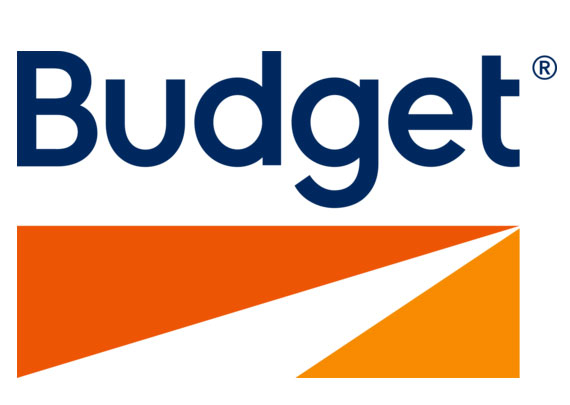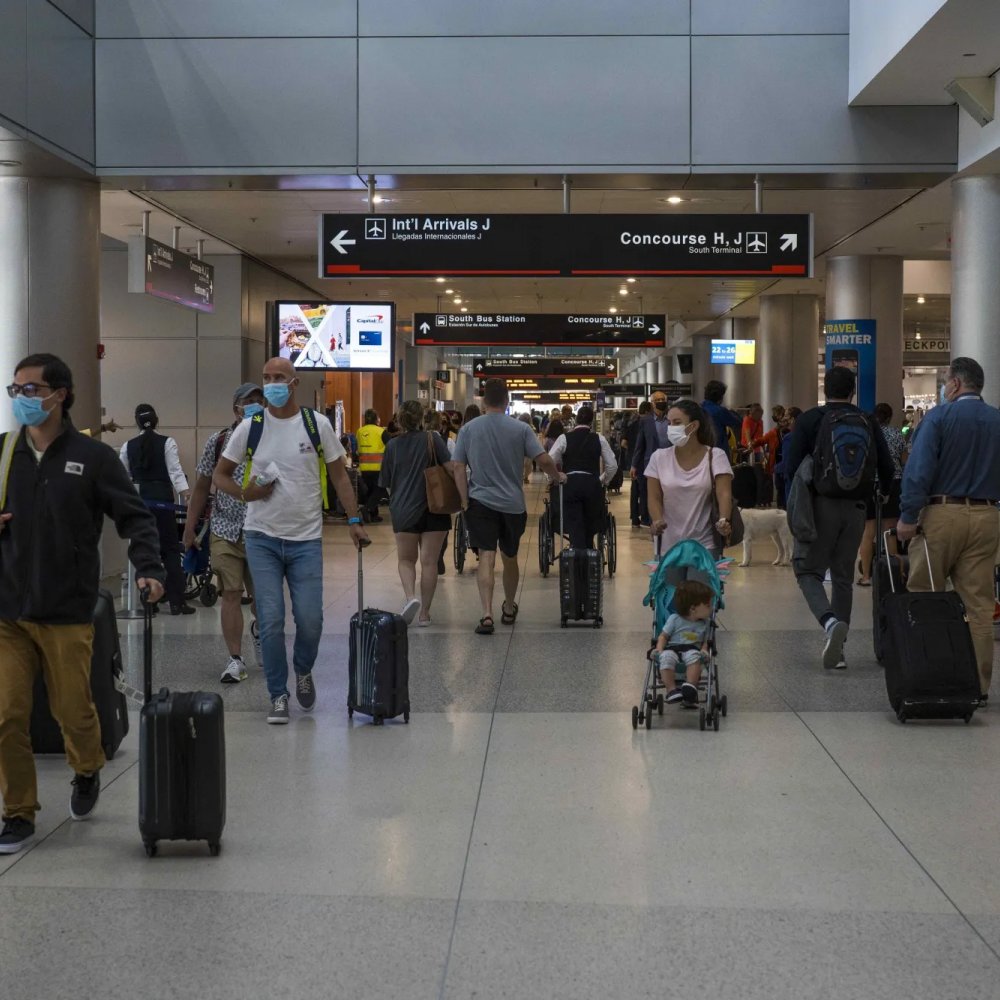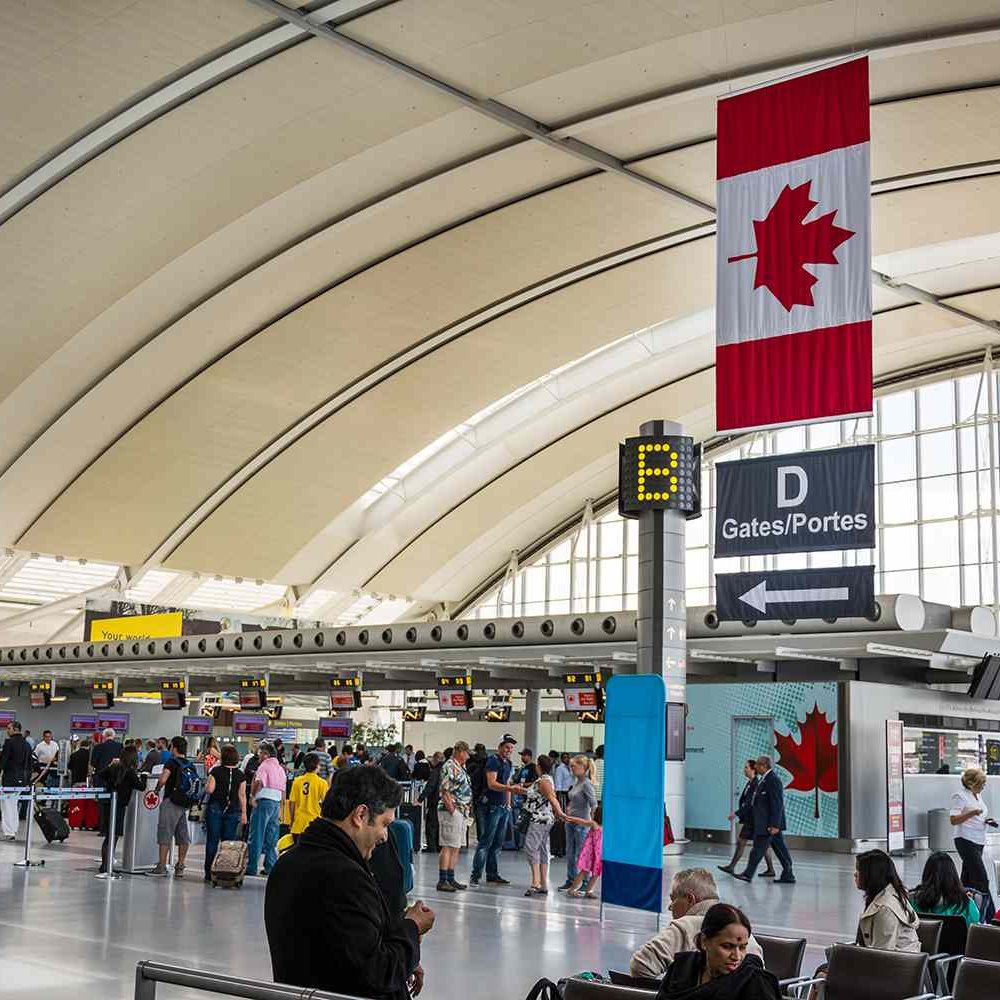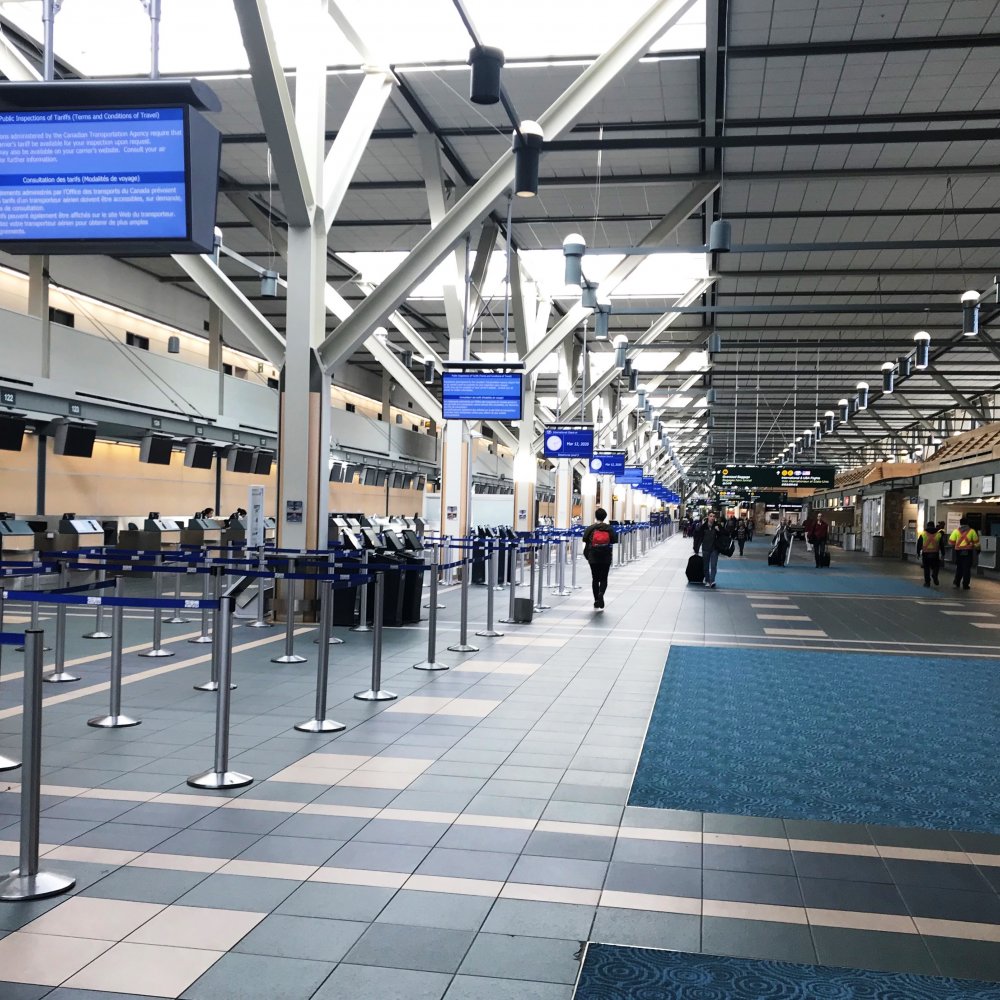Imagine the rhythmic hum of New York City’s early morning, the aroma of freshly brewed coffee blending with the distant honking of yellow cabs. You’re gearing up for an 08:00 flight departing John F. Kennedy International Airport, NY, US, and your thoughts flicker rapidly: "Will the traffic hold? Does the train run on time? How early should I leave?" You’re not alone. Planning how to get to John F. Kennedy International Airport, NY, US is as much an art as a science—balancing convenience, cost, and timing in one of the world’s busiest transport hubs.
When I last landed at JFK, the excitement mixed with uncertainty propelled me to experiment with various routes—each with its quirks and advantages. From the crisp energy of catching the AirTrain to the comfort of a taxi winding through Queens, each journey tells a story of New York's vibrant pulse. Whether you’re a first-timer or a seasoned traveller, deciding on your airport transfer can become an adventure itself, setting the tone for your whole trip. So, buckle up, or rather, buckle in for a deep dive into how to master your journey to JFK Airport confidently and efficiently.

Why Plan Your Airport Transfer?
Planning your trip to John F. Kennedy International Airport, NY, US is not just about arriving on time; it’s about ensuring your travel experience begins smoothly. The airport is massive, with six terminals connected by the AirTrain and surrounded by complex roadways. Traffic in New York City can be unpredictable, especially during peak hours or inclement weather. Without having a clear plan, you risk unexpected delays or costly last-minute options. Additionally, knowing your options ahead helps you balance budget constraints and comfort—whether you prefer the comfort of a taxi to John F. Kennedy International Airport, NY, US or the efficiency of the John F. Kennedy International Airport, NY, US train.
When you approach your trip prepared, stress dwindles. You avoid the panic of finding the quickest bus to John F. Kennedy International Airport, NY, US or rushing onto a rideshare from city centre to John F. Kennedy International Airport, NY, US. Moreover, understanding these logistics lets you incorporate rest stops, baggage handling plans, and contingencies. At a sprawling international hub like JFK, these small details pay off handsomely. So, a well-mapped transfer plan is your ticket to travel confidence.
Price & Time Grid: Your Options at a Glance
| Mode | Single Fare (USD) | Return Fare (USD) | Journey Time | First Service | Last Service | Night Surcharge |
|---|---|---|---|---|---|---|
| Taxi | ~$70 (Flat rate) |
~$140 | 30–60 mins (variable traffic) |
24/7 | 24/7 | Yes ($5–$10) |
| Rideshare (Uber/Lyft) | $50–$70 (dynamic pricing) |
~$100–$140 | 30–60 mins | 24/7 | 24/7 | Often surge pricing |
| Rail (AirTrain + Subway) | $10.75 (AirTrain $8 + Subway $2.75) |
$21.50 | 50–70 mins | 5am | Midnight | No |
| Express Bus (NYC Express Bus) | $20 | $40 | 45–75 mins | 5am | 11pm | No |
| Local Bus (Q10, etc.) | $2.75 | $5.50 | 60–90 mins | 4:30am | 1am | No |
Looking at your options, taxis and rideshares offer door-to-door comfort at a premium, with time flexibility but subject to NYC traffic. The John F. Kennedy International Airport, NY, US train option — combining AirTrain and the subway — is economical and mostly predictable, ideal if you’re keen to avoid road congestion. Express buses balance cost and convenience but require some waiting. Local buses offer the cheapest fare but take longer and might not appeal to travellers with heavy luggage. The choice depends on your budget, luggage, timing, and appetite for New York’s urban rhythms.
Step-by-Step Guide for Each Mode
Taxi
- Head to your hotel or location’s street curb to request a licensed yellow cab or hail one via apps like Curb.
- Confirm the flat fare to John F. Kennedy International Airport, NY, US ($70 approx.).
- Tip your driver (15–20% customary).
- Arrive at your terminal, pausing for any tolls or night surcharges.
- Collect luggage and pay the driver if not prepaid.
Rideshare
- Open your Uber/Lyft app and enter "John F. Kennedy International Airport, NY, US" as your destination.
- Choose your ride type (economy, premium, SUV).
- Confirm pickup location and estimate fare time considering surge pricing.
- Meet your driver at the designated spot and load luggage carefully.
- Arrive at your terminal; tip politely or rate the driver in-app after.
Rail
- From Manhattan, take the E, J, or Z subway lines to Jamaica Station or Howard Beach Station.
- Buy your combined ticket covering AirTrain ($8) and subway ($2.75).
- Board the AirTrain JFK at Jamaica or Howard Beach towards your terminal.
- Disembark at the appropriate terminal stop for your flight.
- Allow 50–70 minutes, factoring in waiting times and transfer walking.
Bus
- Locate the Q10 local bus stop or the NYC Express Bus pick-up point in Queens or Manhattan.
- Purchase a MetroCard or buy your express bus ticket online or at the terminal.
- Board the bus heading to John F. Kennedy International Airport, NY, US.
- Confirm with the driver your stop near your terminal.
- Disembark and proceed to check-in; factor luggage handling time.
Returning a Rental Car
- Top up your fuel tank as per your rental agreement (Hertz, March 2025).
- Follow airport signs for "Rental Car Returns" in JFK’s parking area.
- Park in the designated rental car lot specific to your company.
- Complete any paperwork or handover process at the rental office.
- If after hours, use the drop-box for keys and documents.
- Wait for the shuttle bus to the Departures terminal.
- Check your receipt and final charges before leaving the lot.
Money-Saving Hacks
- Book your taxi to John F. Kennedy International Airport, NY, US in advance during off-peak hours for flat fare deals.
- Use weekly or monthly MetroCards if you plan multiple trips on John F. Kennedy International Airport, NY, US train routes.
- Try shared rides instead of solo rideshares to split costs.
- Opt for the Q10 local bus if luggage is light and time is flexible.
- Check for credit card or loyalty program discounts on rideshare or rental car returns.
Peak-Hour vs Off-Peak Travel Times
Peak hours in New York City typically stretch from 7:00 to 10:00 in the morning and 16:00 to 19:00 in the evening. During these windows, expect significant traffic on routes leading to JFK Airport, extending your taxi or rideshare journey well beyond the usual 30 minutes. Opting for the rail option during these times can save precious minutes and stress, as the train is less susceptible to congestion.

Off-peak travel between 10:00 and 16:00 generally means smoother roads and less crowded public transport. If your flight permits, choosing to travel during these slots can make a big difference, especially if you prefer the comfort and flexibility of taxis or rideshares. Night surcharges typically apply after 20:00, so balancing off-peak schedules with cost is essential.
Accessibility & Luggage Factors
John F. Kennedy International Airport, NY, US caters well to travellers with reduced mobility. Taxis and rideshares can arrange wheelchair-accessible vehicles upon request, but this requires longer booking notice. The AirTrain and subway system include elevators and ramps; however, some stairs still exist at certain transfer points, so double-check your route. If you’re carrying heavy or oversized luggage, taxis and rideshares provide the most hassle-free options, saving you from juggling bags on crowded buses or trains.
Local buses often lack space for bulky suitcases, while express buses provide more room but can be less frequent. Plan accordingly: prioritise comfort when lugging multiple bags to reduce travel stress. Additionally, the airport offers luggage carts throughout terminals but using them requires small fees or deposits. If you have special assistance needs, contacting your airline or the Port Authority before your journey ensures smoother transfers.
Carbon-Smart Alternatives
Interested in reducing your travel carbon footprint on how to get to John F. Kennedy International Airport, NY, US? Consider shared shuttle services that pool travellers together, lowering individual emissions without sacrificing convenience. For those living close enough, a bike-and-ride approach involves cycling to a nearby subway or AirTrain station and continuing via public transit.
Park-and-ride facilities around JFK encourage you to park your car outside busy zones and complete your journey by bus or train, balancing cost, convenience and environment. These choices not only benefit the planet but also help reduce NYC’s notorious traffic congestion.
Sample 08:00 Flight Timeline
- T-12 hours: Check flight status online, print boarding pass or download app.
- T-4 hours: Pack bags, confirm airport transfer booking or plan route.
- T-2 hours: Leave for John F. Kennedy International Airport, NY, US depending on transport choice.
- T-0: Arrive at terminal, check-in, clear security, and relax before boarding.
Hidden Pitfalls & Local Quirks
Understanding local quirks can save you from last-minute scrambles on your journey. Keep these in mind:
- Strike Days: Public transport or airport staffing strikes occur occasionally; check news to avoid surprise disruptions.
- Cash-Only Buses: Some local buses may not accept credit cards—have change ready.
- Motorway Tolls: Expect toll fees on taxi rides but not on rail or bus; factor into trip cost.
Eight Mistakes Travellers Make
- Not allowing enough time for NYC rush-hour delays.
- Failing to check terminal assignment before booking transport.
- Underestimating luggage challenges, especially on public transit.
- Ignoring night surcharges when booking taxis or rideshares late.
- Booking rideshare pickups at prohibited airport zones causing delays.
- Overlooking shuttle schedules when returning rental cars.
- Not purchasing or topping up MetroCards in advance.
- Ignoring accessibility needs and assuming all modes are equally convenient.
Frequently Asked Questions
What’s the fastest way to get to JFK Airport from downtown Manhattan?
The fastest is typically a taxi or rideshare during off-peak hours; otherwise, the AirTrain + subway combo offers predictable journey time avoiding road congestion.
Are taxis to John F. Kennedy International Airport, NY, US a flat rate?
Yes, yellow cabs charge a flat rate of approximately $70 (plus tolls and surcharges) from Manhattan to JFK Airport.
Can I take a bus to John F. Kennedy International Airport, NY, US with heavy luggage?
Local buses may be crowded and less luggage-friendly; express buses provide more space but consider your comfort and time carefully.
How early should I arrive when returning a rental car at John F. Kennedy International Airport, NY, US?
Plan at least 45 minutes extra for refuelling, returning paperwork, and shuttle rides to the terminal.
Call to Action
Have you experienced the hustle and art of getting to John F. Kennedy International Airport, NY, US? Share your tips or questions below—I love hearing from fellow travellers gearing up for smooth journeys. Don’t forget to subscribe for more insider guides on mastering airport transfers worldwide!






